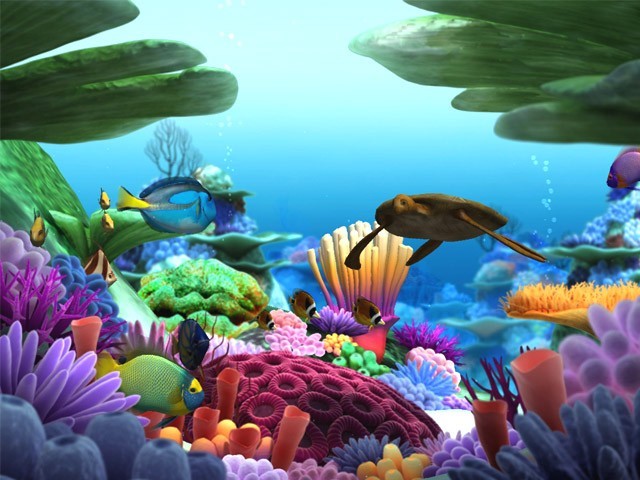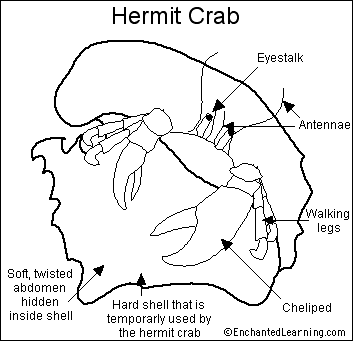|
|
pakar tak,cuma tau jer sbb ada ambik subjek wajib time undergrad dulu..
lin0me Post at 1-10-2010 01:24 
ku de ambik gak...tp basic jela..x detail sgt pun skop yg blaja..tp nk further nnti ingt nk masuk gak skop tue.. |
|
|
|
|
|
|
|
|
|
|
|
ok..dah pukul 1.30pg..nak tido..selamat malam lolli, cekgu wan dan daus(mlm ker budak sorang ni)
lin0me Post at 1-10-2010 01:25 
nite linome..nnti borak2 lagi  |
|
|
|
|
|
|
|
|
|
|
|
ok..dah pukul 1.30pg..nak tido..selamat malam lolli, cekgu wan dan daus(mlm ker budak sorang ni)
lin0me Post at 1-10-2010 01:25 
jenguk2 gak korang...
key bye2 linome |
|
|
|
|
|
|
|
|
|
|
|

cantik nya  |
|
|
|
|
|
|
|
|
|
|
|
info mengenai ikan pari
 |
|
|
|
|
|
|
|
|
|
|
|
Reply 526# chewan
Wings in the Water: Stingrays are usually large and flat, with pectoral fins that look more like wings than fins and are used for propulsion. Rays like to roam along the seabed and sometimes bury themselves in the loose sediment as protection against predators. Organs located behind the eyes, called spiracles, help them to breathe when hidden under the sand. Unlike the bat ray, which forms schools of several hundred individuals, most rays are solitary.
Bottom Feeder: Rays are carnivores and feed on bottom-dwelling fish. The mouths of most species are located on their underside and have interlocking teeth perfect for grasping and crushing prey. Other species feed more like the toothless whale by filtering fish and plankton through their sievelike gills |
|
|
|
|
|
|
|
|
|
|
|

The hermit crab is a type of crab that doesn't have a very hard shell. Not a true crab, it uses other animals' old shells for protection; they especially like old whelk shells. As the hermit crab grows in size, it must find a larger shell.
The hermit crab is a crustacean; there are about 500 different species of hermit crabs around the world. Most hermit crab species live on the ocean floor, but many live on land. Female terrestrial (land based) hermit crabs must return to the sea to breed.
Anatomy: Hermit crabs are invertebrates, animals without a backbone. They have an exoskeleton, an outer shell that provides support for their body but does not provide much protection from predators. They vary widely in color, from red to brown to purple, with stripes, dots, and other patterns. They have ten jointed legs; the front two legs have large, grasping claws (called pincers or chelipeds) and the rear pair of legs are very small. They have a flattened body, sensory antennae, two eyes located at the ends of stalks, and a soft, twisted abdomen (which the hermit crab keeps hidden inside its shell).
Diet: Hermit crabs are omnivores (eating plants and animals) and scavengers (eating dead animals that they find). They eat worms, plankton, and organic debris.
credit to http://www.enchantedlearning.com ... an/Hermitcrab.shtml |
|
|
|
|
|
|
|
|
|
|
|
Reply 529# chewan
mcm mana dia makan organic debris...apa tue organic debris  |
|
|
|
|
|
|
|
|
|
|
|
Reply chewan
mcm mana dia makan organic debris...apa tue organic debris
chewan Post at 1-10-2010 01:58 
organic debris tu merangkumi tumbuh2an....haiwan....
contoh: plankton...plankton ada dua jenis....tumbuh2an dan haiwan. |
|
|
|
|
|
|
|
|
|
|
|
out for good...!
oyasumi chewan-kun, daus-kun |
|
|
|
|
|
|
|
|
|
|
|
wah! dah pukul 2 pagi
sambung study esok jela
nite semua..........
lin? dh offli ...
pinklollipop Post at 1-10-2010 02:04 
nite lolli  |
|
|
|
|
|
|
|
|
|
|
|
out for good...!
oyasumi chewan-kun, daus-kun
pinklollipop Post at 1-10-2010 02:05 
annyeonghi jumuseyo  |
|
|
|
|
|
|
|
|
|
|
|
Seahorses have a long, horse-like head (hence their name) and a curled tail. Seahorses range in size from under a centimetre long (Pygmy Seahorses) to about 12 inches (30.5 centimetres) long.
Seahorses have armoured plates that cover their body (they do not have scales like other fish). The sections of a seahorse are the head, trunk and tail. The length of a seahorse is measured from the first trunk ring to the tip of the tail. The head is measured from the tip of the snout to just before the first trunk ring. The snout is measured from the tip of the snout to the gill opening.
Eye, nose, and cheek spines also differ in length from species to species. All seahorses have independently orbital eyes and a pair of pectoral fins immediately behind the gill opening.
The seahorses means of propulsion (process of propelling) are its pectoral fin, located just behind the gill opening and its dorsal fin, which joins the trunk at the tail.
On male seahorses, a brood pouch is found beneath the anal fin and when empty, tapers gradually to the tail.
During courting or when pregnant, the pouch is very pronounced and protruding.
It features a vertical opening into which the female deposits her eggs and from which fry (baby seahorses) emerge after gestation.
Some species of seahorses have spindly appendages, called cirri, in the area of the facial spines and trunk ridges.
The diagram on the left shows the areas of a seahorse and the terms used to describe them.
The front of a seahorse, looking into its face or belly, is the ventral view.
Looking from behind the seahorse is its dorsal view.
The sides are referred to as the lateral views.
The lower parts, or the lower section of any parts, are called the posterior and the upper parts, the anterior. |
|
|
|
|
|
|
|
|
|
|
|
ngntok sudeh...... nite nite  |
|
|
|
|
|
|
|
|
|
|
|
nk jelajanh lautanggg????? ada lesen skuba x?:re: |
|
|
|
|
|
|
|
|
|
| |
Category: Belia & Informasi
|